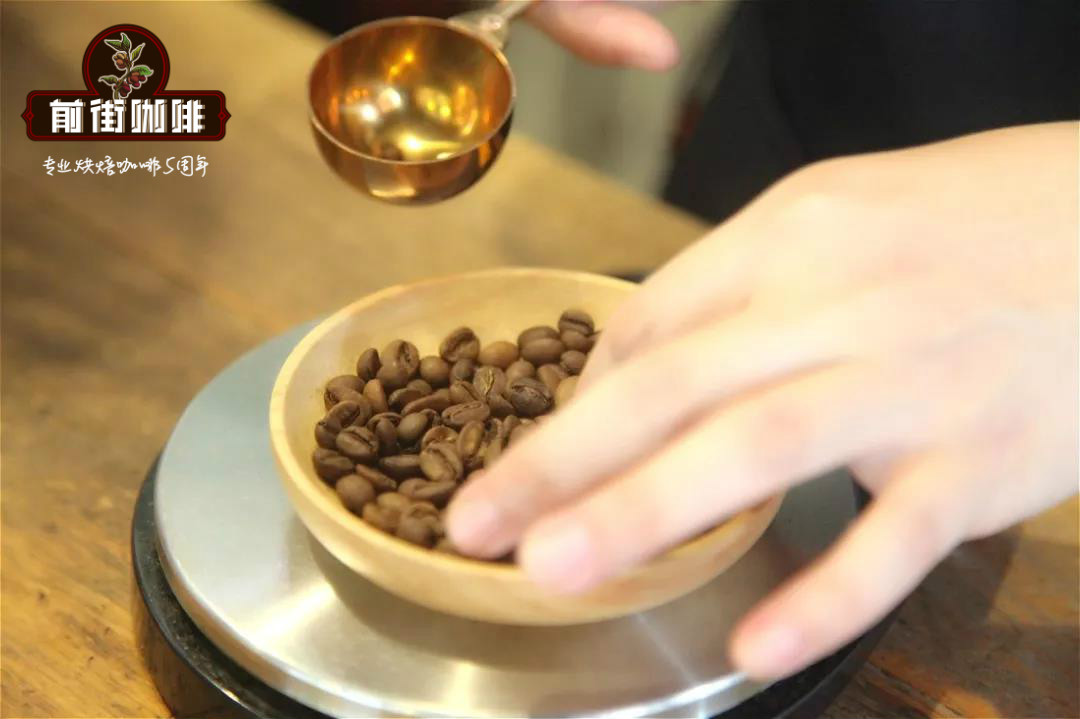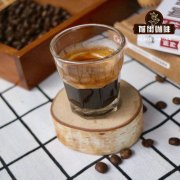Yega snow caffeine was a traditional sunbathing method until 1972, when the water washing technology of Central and South America was introduced.

Professional coffee knowledge exchange More coffee bean information Please pay attention to coffee workshop (Weixin Official Accounts cafe_style)
That means the coffee comes from a small town called Yercha Coffee, but it doesn't have the flavor of Yercha Coffee…How can that be? It's like going to Nantou to buy Alishan tea, but when you buy it, you don't have the expected taste. It's confusing ~ that's because most people only think of yejia sherphine as a noun for producing area, but in fact yejia sherphine is a noun for "flavor." So if you buy coffee beans from our house and see that it says yegha sherphine kocher, it means kocher town yegha sherphine flavored coffee beans. (Cochir is our most frequently introduced coffee from the Yerca region.) Of course, we have also introduced Wana fruit and Jinlei Nbaya coffee, the flavor is very good, each has its own characteristics!)
Yercha coffee was first treated with traditional sunlight until 1972. In order to improve the quality, the washing technology of Central and South America was introduced to make the flower fragrance and citrus fragrance of yercha coffee more obvious. From then on, washed coffee was the bulk. However, in recent years, solar drying has become more refined. During the solar drying process, through ventilation and moderate stirring of fruits, the drying process is more uniform, avoiding excessive fermentation or decay. Coffee beans can fully absorb the sweetness of coffee cherry fruits, making the flavor more fruity and adding a syrup-like mellow texture. Therefore, the refined sun-treated yeggar coffee has been warmly welcomed by the market, with a significant increase in demand and a considerable increase in production. At present, the proportion of yeggar coffee washed and sunburned in the market is roughly the same.
Adam Overton is an American documentary film director who was commissioned to make a feature documentary on Ethiopian coffee in 2007 while filming in Ethiopia.
Meet Rachel Samuel, an Ethiopian female assistant who is a professional photographer who falls in love and gets married because of her daily relationship at work, shoots coffee documentaries, learns about Ethiopian coffee production, falls in love with coffee, and has the idea to buy coffee gardens.
Especially in the global coffee market, geisha varieties of coffee are fried like fire in Panama, and there is a vague dream in my heart that I can buy a farm in Ethiopia and grow the most delicious coffee in the world-Geisha. Adam Overton had no experience growing coffee at all and was interested in learning and finding resources. In 2009, the couple met Willem Boot, an American, who wanted to ask him about growing geisha coffee. He had bought La Mula Estate in 2006, and five years later, the small estate shone in the "Best Panama" coffee competition. Since the emergence of geisha coffee in Panama in 2004, William has been trying to find the ideal native geisha variety from Ethiopia's vast virgin forest, and has organized several exploration tours to collect many varieties from various regions and grow many varieties on his Panama estate. He is a very careful geisha coffee grower.
END
Important Notice :
前街咖啡 FrontStreet Coffee has moved to new addredd:
FrontStreet Coffee Address: 315,Donghua East Road,GuangZhou
Tel:020 38364473
- Prev

Green label batch (still one of the main series of raw beans issued in the name of "Rose Summer Village Manor"
Professional coffee knowledge exchange more coffee bean information Please pay attention to Coffee Workshop (Wechat official account cafe_style) Green label batch (Single Terroir) is still one of the main series of raw beans issued under the name "Rose Summer Village Manor", and it is also the cheapest of all the main series. The original text of the green mark series is expressed in Single Terroir, which succinctly points out the key points of this series and the main system.
- Next

"Yega Chefe" refers to the strong aromas of jasmine, lemon or lime acid, as well as peaches,
Professional coffee knowledge exchange more coffee bean information please follow the coffee workshop (Wechat official account cafe_style) Yega Xuefei, if you are already a young man who likes to drink ground coffee, I think you should have heard the name. It is made in Ethiopia in northern Africa, and it is named just to make it easier for us to remember this Arabica coffee.
Related
- Detailed explanation of Jadeite planting Land in Panamanian Jadeite Manor introduction to the grading system of Jadeite competitive bidding, Red bid, Green bid and Rose Summer
- Story of Coffee planting in Brenka region of Costa Rica Stonehenge Manor anaerobic heavy honey treatment of flavor mouth
- What's on the barrel of Blue Mountain Coffee beans?
- Can American coffee also pull flowers? How to use hot American style to pull out a good-looking pattern?
- Can you make a cold extract with coffee beans? What is the right proportion for cold-extracted coffee formula?
- Indonesian PWN Gold Mandrine Coffee Origin Features Flavor How to Chong? Mandolin coffee is American.
- A brief introduction to the flavor characteristics of Brazilian yellow bourbon coffee beans
- What is the effect of different water quality on the flavor of cold-extracted coffee? What kind of water is best for brewing coffee?
- Why do you think of Rose Summer whenever you mention Panamanian coffee?
- Introduction to the characteristics of authentic blue mountain coffee bean producing areas? What is the CIB Coffee Authority in Jamaica?

